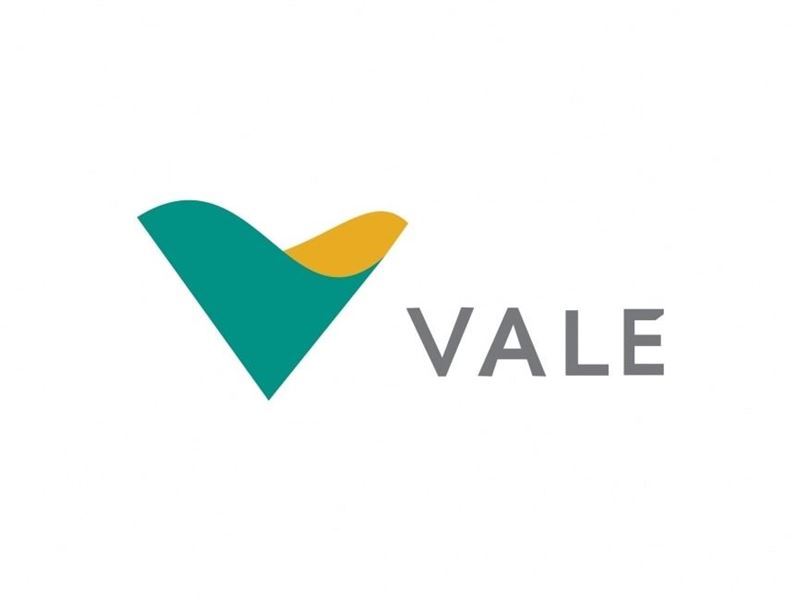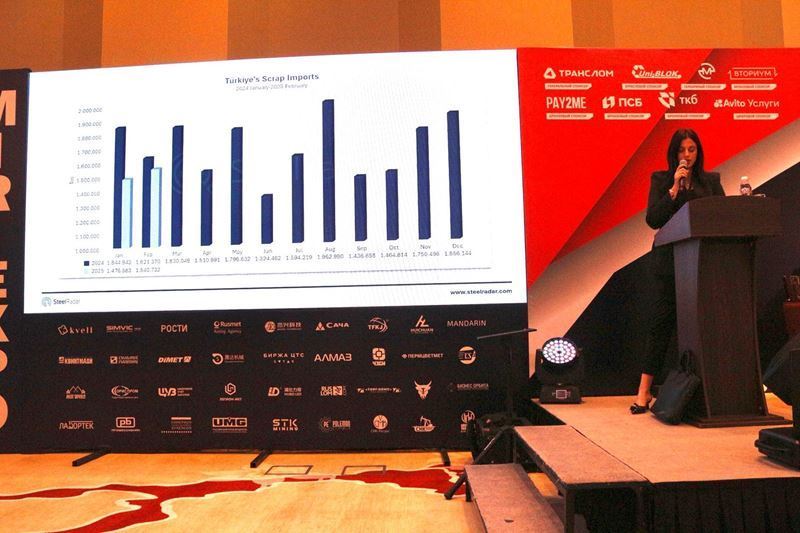The company's pellet sales were well below expectations due to unfavorable weather conditions. Pellet production declined significantly, decreasing by 15% according to Barclays expectations and 23% according to consensus estimates. The decline is attributed to lower pellet feedstock availability and the negative impact of rainfall on feedstock moisture levels.
Decline in Iron Ore Production and Shipments
Vale's first quarter iron ore production was 67.7 million tons, 6% below estimates. This represents a decrease of 4% y/y and 21% q/q. This decrease in production was due to heavy rains affecting the Northern system, a five-day blockage on the Carajas railroad and 49 days of maintenance at the Caue plant.
Iron ore shipments also fell short of expectations. Shipments were 2% below consensus estimates and 17% lower than the same period last year. The company also brought 1.6 million tons of inventory to the market in the quarter.
Weakening Portfolio Quality, Pricing Stable
The company's portfolio sales quality decreased to 61.7% from 62.4% and from 62.3% in the previous quarters, respectively. This was driven by a 129% quarterly increase in sales of high silica products. The realized iron ore price (excluding ROM) was 1% below consensus, reflecting the change in portfolio mix.
Pellet shipments were 11% below estimates and 18% below consensus. Realized pricing was in line with consensus estimates with a decrease of 1%.
Revision Expectation on EBITDA Estimates
Despite all these developments, Vale maintained its iron ore production target for 2025 in the range of 325-335 million tons. However, analysts expect downward revisions to consensus EBITDA estimates ahead of the full results to be announced next week.











Comments
No comment yet.